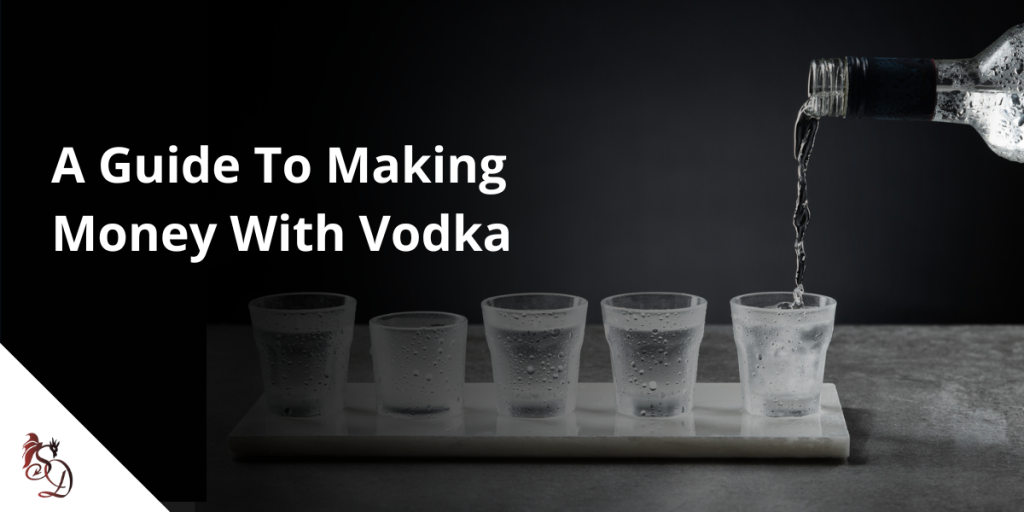Making Money with Vodka

Creating income distilling is a crucial part of keeping your distillery doors open unless you are already independently wealthy or just in it for the love of the craft. One way to get revenue flowing quickly is to have an unaged product or two in your portfolio since it’s very difficult to have a two-year-old product in less than two years. There are several kinds of unaged spirits that you can choose from and the two most common we’ve seen in the market are gin and vodka. Both need somewhat specialized equipment so you’ll want to do some planning and make sure what fits your operation the best. We’ve already gone over what it takes to start a Gin Distillery so we’ll focus more on vodka in this article.
Creating income with vodka can be as easy or as complicated as you’d like it to be. Since it takes more plates to make a neutral spirit than most other spirits, you can add to your existing still to bring your total number of plates to where you need to be to produce the 95% ABV spirit that the Tax and Trade Bureau (TTB) requires in order to have the word vodka on the label. The rule of thumb regarding the number of plates needed to produce a 95% ABV spirit is that the more plates the better. It is theoretically possible to make a spirit pure enough to be called vodka with a shorter column but it will likely take multiple runs and your input costs will go up exponentially with every run. The amount of work it takes to go from 90% ABV to 93% is only a fraction of what it takes to get the 93% spirit up to 95%. By adding plates you are letting the equipment do the work for you so that you don’t need to put in as much time and it will lower your utility unit costs as well. We had one customer upgrade from an 18-plate to a 30-plate column to make his vodka and he reported that it took him less time and lowered his utility costs per run compared to the same batch size on the shorter column.
Before you go out and buy more plate sections to add to your existing still or order a dedicated vodka still you should consider how this fits into your overall operation. It can be inefficient to switch over your column and piping when you want to make a change in your production schedule. You may want to use a side column for vodka or even have a dedicated vodka still. We wrote a whole blog about that as well if you’d like to learn more about that equipment configuration. Another benefit of using two stills is that it takes away a lot of the opportunity costs of running multiple products on the same equipment. If you’re trying to build barrel inventory in your rickhouse one of the last things you’re going to want to do is to stop production of your aged product to make an unaged and lower dollar value product.
Another way to make money off of vodka is through your tasting room if you’re lucky enough to be in an area where you’re allowed to serve cocktails. Vodka cocktails are traditionally pretty popular and your margins on a spirit that you produce in-house and sell at retail cocktail prices are a very wonderful way to increase revenue for your operation.
Creating distillery income isn’t a one size fits all proposition and you’ll have to see among the multitude of options what fits your operation the best. Figuring out your long term plans will help you narrow down your options so that you do what makes the best sense for your business. We’d be more than happy to help you with selecting the right equipment and figuring out how to achieve your goals. Give us a call at 561-845-8009 or shoot us an email at info@stilldragon.com to start the conversation about your next steps in growing your business.